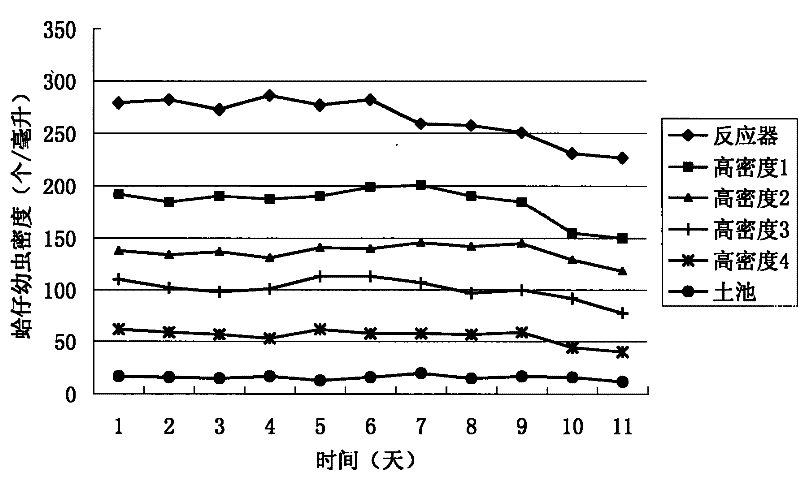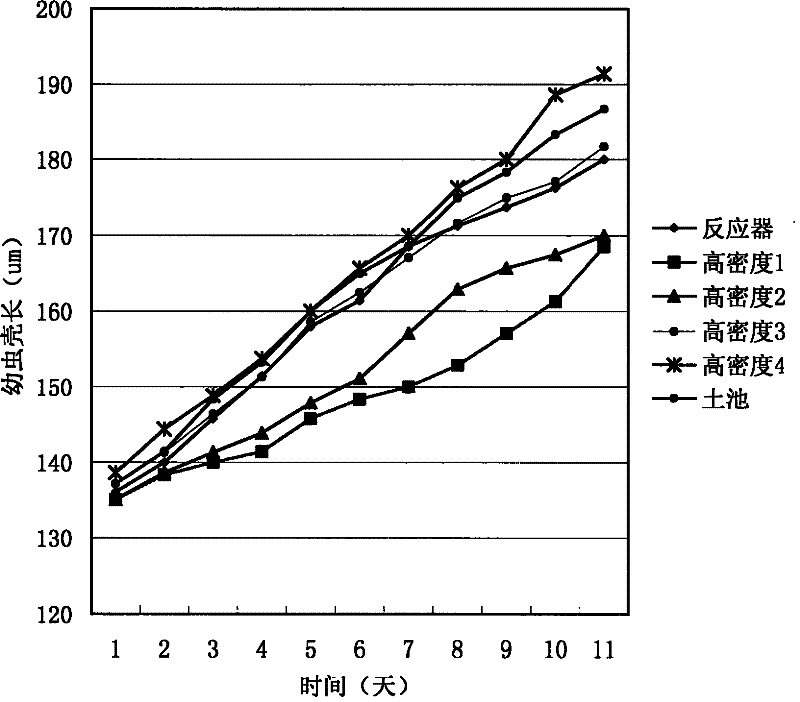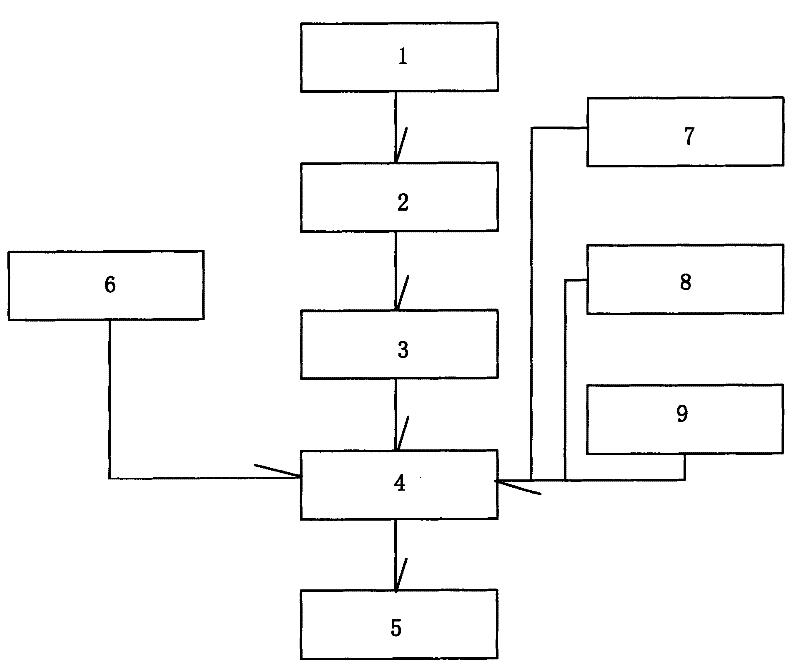Use of pneumatic lift type bioreactor for breeding philippine young little clam in high density
A bioreactor, Philippine clam clam technology, applied in the field of bioengineering, can solve the problems of increased larvae cultivation density and incomplete development of production potential, achieve fast growth rate, improve shellfish seed cultivation technology and technological level, Simple to use effects
- Summary
- Abstract
- Description
- Claims
- Application Information
AI Technical Summary
Problems solved by technology
Method used
Image
Examples
Embodiment 1
[0033] Embodiment 1 Air-lift bioreactor high-density cultivation method for clam philippines seedlings
[0034] 1. Introduction to the morphology and habits of Philippine clams [4]
[0035] (1) The appearance of Philippine clams
[0036] The shell of Philippine clam is thick and oval, and the two poles expand. The ratio of shell length to shell height is different. Generally, the shell height is 2 / 3-4 / 5 of the shell length, and the shell width is about 3 / 4 of the shell height. , the top of the shell is slightly raised.
[0037] (2) Feeding of Philippine clams
[0038] The feeding method of the clam is passive. The bait brought by the seawater flows through the water inlet pipe. Due to the movement of the gill cilia in the body, the water inlet flow is generated, and the food enters the gill cavity with the seawater. Because the clam's feeding method is passive, there is no selectivity to the bait. If it is not particularly irritating, as long as the particle size is suitab...
PUM
 Login to View More
Login to View More Abstract
Description
Claims
Application Information
 Login to View More
Login to View More - R&D
- Intellectual Property
- Life Sciences
- Materials
- Tech Scout
- Unparalleled Data Quality
- Higher Quality Content
- 60% Fewer Hallucinations
Browse by: Latest US Patents, China's latest patents, Technical Efficacy Thesaurus, Application Domain, Technology Topic, Popular Technical Reports.
© 2025 PatSnap. All rights reserved.Legal|Privacy policy|Modern Slavery Act Transparency Statement|Sitemap|About US| Contact US: help@patsnap.com



